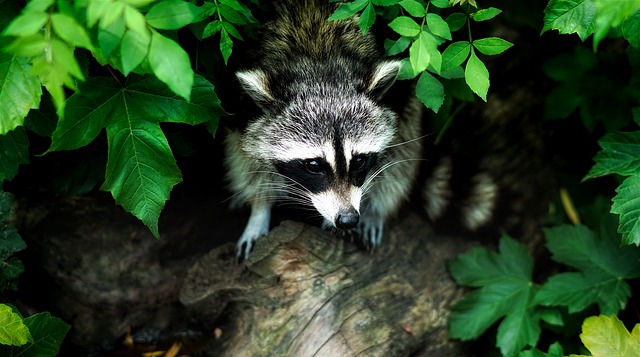
If you have ever had to deal with an unwanted animal in your attic, you know that simply shooing them away is hardly enough to get them to leave without coming back. Even if you are an animal lover, having a raccoon or rats in your attic can be annoying and even dangerous. You constantly have to deal with strange noises and if they decide to chew their way through your attic, you could be looking at thousands of dollars’ worth of damage.
Calling a wildlife removal expert may help you get rid of the problem, but make sure whoever you call only removes them in a humane fashion. If however you are a DIY kind of person that thinks they can tackle the job themselves, then here are a few suggestions that will help you eliminate the unwanted guests without harming them:
1. Know your enemy
Different animals will require different methods to get rid of. The first step is to determine the species of the animal inhabiting the attic. The easiest way to know which animal is in your attic is by the noises it makes. Scampering or scurrying noises coupled with gnawing and squeaking at night shows the presence of rodents like rats or squirrels. Purrs, whimpers, growls, screams, and hisses indicate that you might have a raccoon problem. You can also check the openings where the animals are getting in and out to get an idea of the size of the animal.
2. Make them know they are not welcome
Once you know what you’re dealing with, it’s time to show them that they are not welcome. When animals inhabit your attic, they are usually looking for a safe, warm, and dark place to stay especially if they want to have babies. As such, your job is to transform your attic into the worst place possible for the animals to call home. Here are some effective tactics to convince your furry visitors that they moved to the wrong place:
a) Predator smell – Nothing will have pests running faster than the thought of being trapped with a dangerous animal out to kill them. Place a used dog or cat blanket as close as possible to the area where the animals are living in your attic. The smellier the blanket the better. You can even soak it in dog or cat urine, or purchase fox urine for even better results.
b) Make a lot of noise – You can’t afford to leave the animals alone. If they get comfortable, they could multiply easily so you need to keep them on their paws. Periodically, go into your attic and make some noise. Blow whistles, clang pots and pans, honk air horns and create as much chaos as possible. You can even have a wireless stereo up there playing loud rock music whenever you suspect they’re there. Make sure you are making the noise during the sleeping times of the animals, but be careful when setting this up since some of the animals, like raccoons, can be aggressive when provoked.
c) Turn on the lights – The next step is to make sure the attic is well-lit at all times, day and night.
3. The wait
Once you’ve utilized all these scare tactics, it’s time to give the animals some time to move out. This should happen within 48 hours. If the animal had babies, you need to give her time to get her babies moved to a new location. If you don’t, they will never leave and will force their way back into your attic just to get their babies.
4. Use traps
If you’ve tried the above tactics and the animal still refuses to leave, you may need to use a trap. There are currently many types of traps available for purchase that will work on different animals without harming them. However, trapping should only be used as a last resort particularly for raccoons or squirrels that have babies. Also make sure you check the traps daily just so you don’t starve them to death by trapping them to where they can’t get food or water.
5. Ensure they don’t get back
Once you’ve gotten rid of all the unwanted guests, you need to ensure they never find a way to get back into the attic. Block all possible entryways with strong netting or thick boards, and trim back tree branches that the animals may have used to jump onto the roof.
Sources
http://www.wildlifehotline.com/welcome/mammals/raccoons/evicting-raccoons/
http://www.ftwl.org/node/28
https://news.nationalgeographic.com/2016/04/160424-raccoons-animals-science-washington-wildlife/




